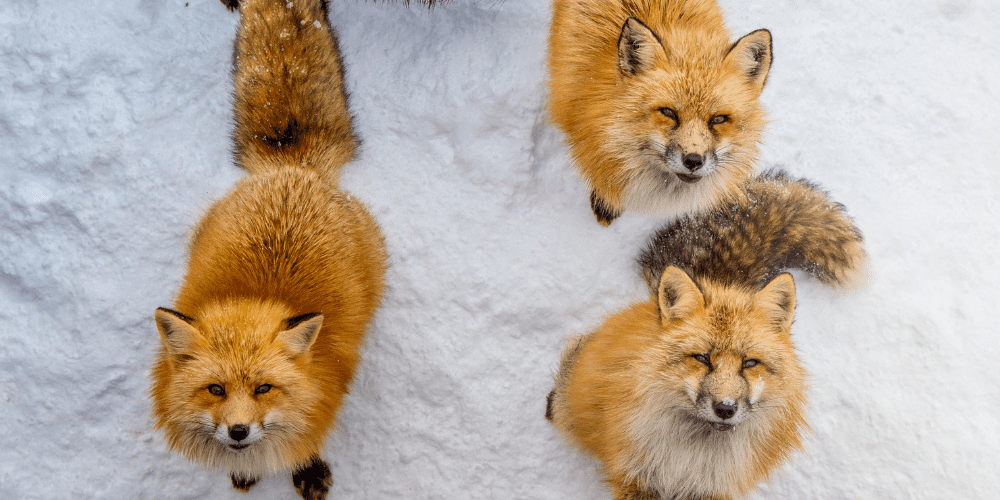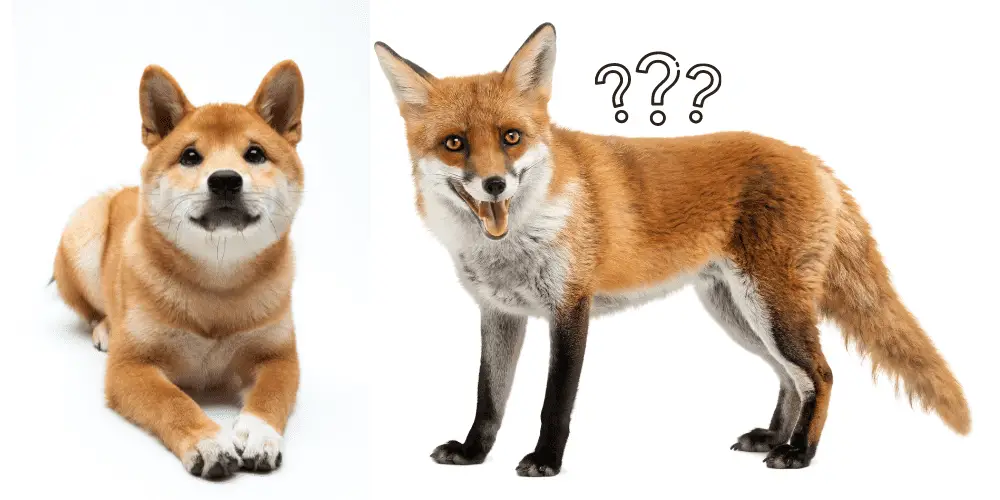The Giant Panda is a special kind of creature with many unique (or even strange) qualities and characteristics. But are pandas marsupials, Procyonidae, or of the Ursidae family?
Molecular research performed on pandas reveals they are not marsupials, nor are they giant raccoons within the Procyonidae family. Pandas are of the Ursidae classification and share none of the typical and unique characteristics shared among marsupials. For example, marsupials carry their young in a pouch- pandas don’t.
Are Pandas Bears?

Don’t let the fancy coat of fur fool you. Giant Pandas are 100% bear and only differ in a few areas.
They’re mostly the same structurally, including some thicker bone portions found in panda paws. But the most significant difference between a group of pandas and other bears is boiled down to their diet.
Biggest Difference: Diet
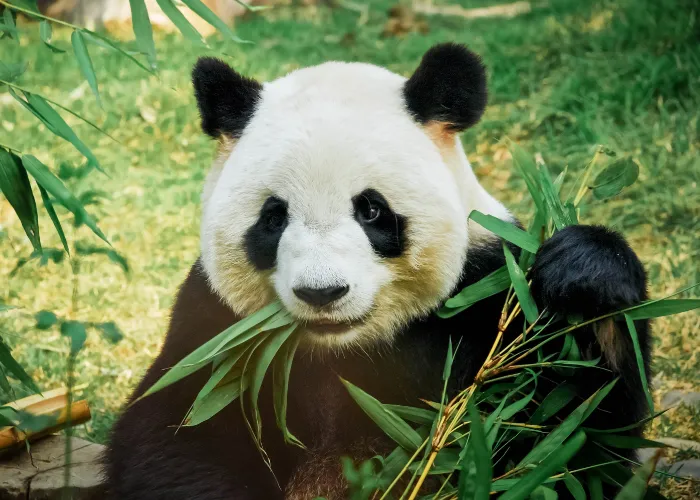
Other bears feed off various food sources: Insects, rodents, large game, wild fruits and vegetables, and fish.
Pandas, on the other hand, feast primarily on bamboo. Their mating season migratory patterns drive them to different areas of their territory, opening up opportunities to eat various species of bamboo- each fulfilling different dietary needs.
Every once in a while, one may catch a panda snatching up and eating a small rodent, but that is rare.
Though bears are opportunistic omnivores who lean toward a carnivorous diet, pandas lean in the opposite direction toward herbivores, being far more particular with what they eat.
T1R1 Gene Mutation
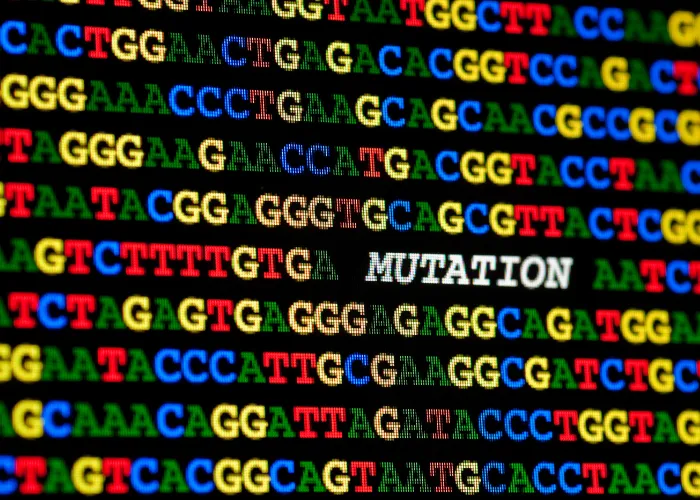
This makes pandas eat differently than other bears- a mutation found in their T1R1 gene. This is simply a taste receptor that has turned into a pseudogene in pandas.
A pseudogene is a slice of DNA built like a gene but can’t code protein. Without the T1R1 gene working correctly after being genetically mutated, they can’t recognize the taste of meat.
In short- it doesn’t taste good, so they don’t eat it. According to scientists, this is the reason they stick with their bamboo and have since pre-history.
How do Pandas Carry their Babies?
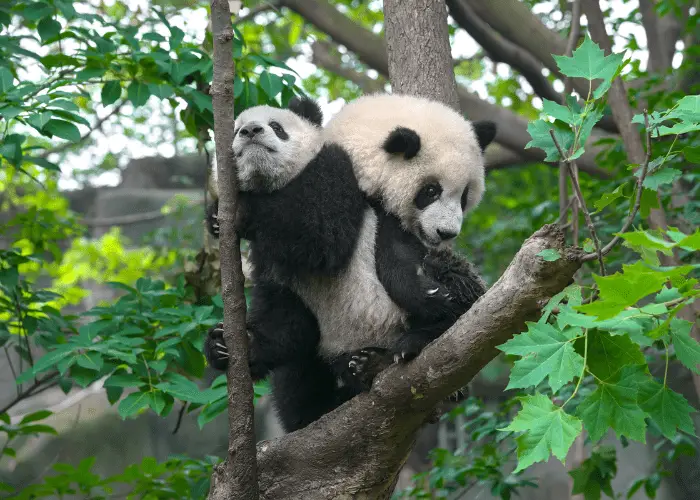
Marsupials are most famous for how they carry their babies. Though they differ from another, all marsupials have their young in a pouch, i.e., a kangaroo. (Check out our list of marsupials below.)
Panda bears, on the other hand, have no such pouch.
Panda cubs are born very small, and mother pandas constantly hold their young in their paws when stationary, only putting them down when it’s time to eat. Even after putting down the cub, it’s always right by her side.
When it’s time to get up and move around, the mother will carry the cub in her mouth. This goes on constantly until the cub reaches about three months old.
They do so up to about three months because that’s approximately when a cub begins walking on its own and becomes strong enough to keep up with an already slow and methodical mother.
What if a mother panda has more than one cub?
Mother pandas will have two cubs born rather than one half the time. This poses a problem for the panda, resulting in an even larger problem for one of the two cubs.
Mother pandas have neither the energy nor the milk production capabilities to care for any more than one cub at a time.
Are Pandas Born Female?
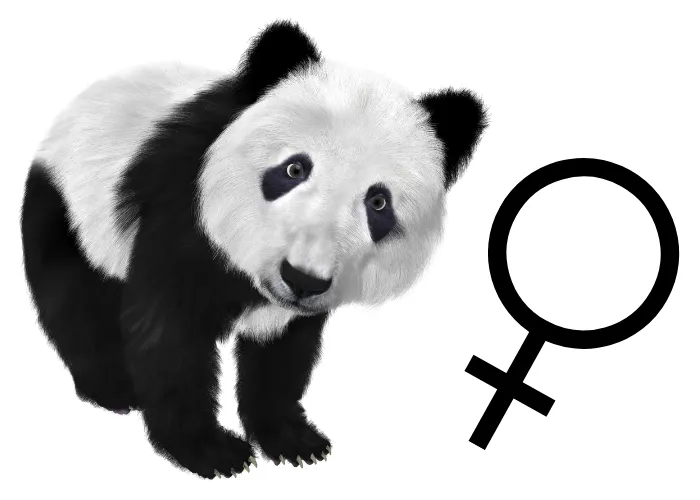
Are pandas all born female unless the cub gets frightened? This belief has been widely held for some time but has been debunked since science caught up with what the human eye can’t see.
In the past, zoos have supposedly employed “panda spookers” to frighten newborn cubs. If they didn’t receive a fright within 48 hours, the cub would remain female.
All pandas are not born female, and it only appears that way outwardly until a bit of maturation takes place.
The facts are, that external genitalia isn’t visible on males until they are months old. It doesn’t mean that they’re female, and it just means that there’s no difference between a male and a female newborn to the eye.
These days, a newborn panda born in a zoo will be genetically tested to determine its sex rather than being spooked into changing into a male. Outside of this, the only other option is a keen and trained eye to judge the distance between the cub’s anus and its sexual organ area.
List of Marsupials
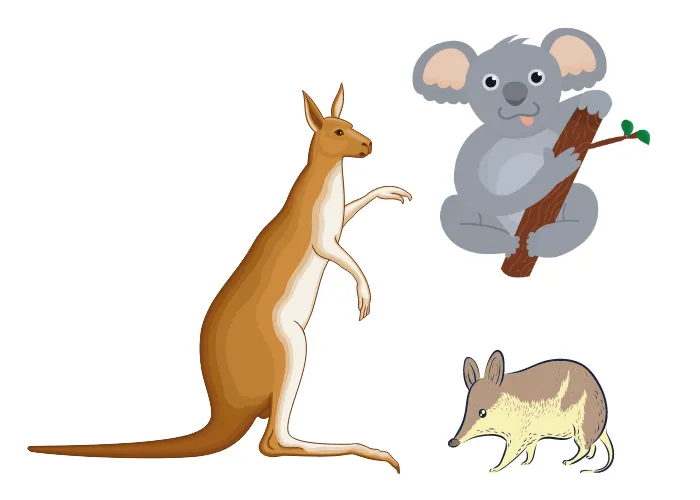
Marsupials are not a top-tier animal type. Instead, they are one of three subspecies of mammals, and the other two are placental mammals and monotremes. The largest of these three groups are placentals- you, me, and all other species that are born fully developed attached to a placenta.
Marsupials share one extraordinary trait that no other mammal type can boast about. They have pouches incorporated into their bodies to assist in caring for their young.
Unlike placental mammals, marsupials give birth to underdeveloped young that require further care and a safe place to develop outside the womb. The level of underdevelopment is different from species to species.
The only places where you can find marsupials are the Americas, Australia, New Guinea, Tasmania, and their surrounding islands. Of them all, Australia contains most of the marsupial species, enjoying about 70% of those left in existence.
The following are some of the most common marsupials:
- Kangaroos
- Opossums
- Wombats
- Tasmanian Devils
- Bandicoots
- Koalas
The marsupial name is derived from the official scientific name for the mother’s abdominal pouch, the marsupium (which, by no accident, is rooted in the Latin word for “pouch”).
Final Thoughts
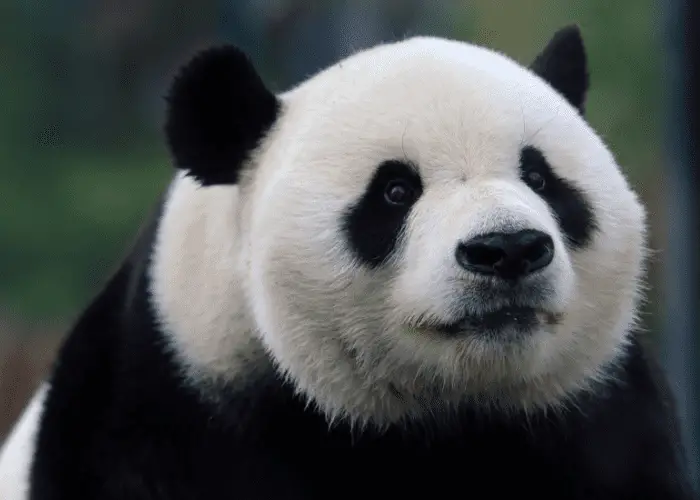
Giant pandas are the victim of all kinds of things.
Endangerment, misclassification, misgendering, and they’re fodder for all sorts of wives’ tales, misunderstandings, and misinformation.
Mercifully, efforts are being made constantly by environmentalists, zookeepers, workers, and scientists, on the panda’s behalf. Over the past decades, they’ve separated myth from reality, lending proper classification to the species and staving off the ever-present threat of extinction.
RELATED ARTICLE:


